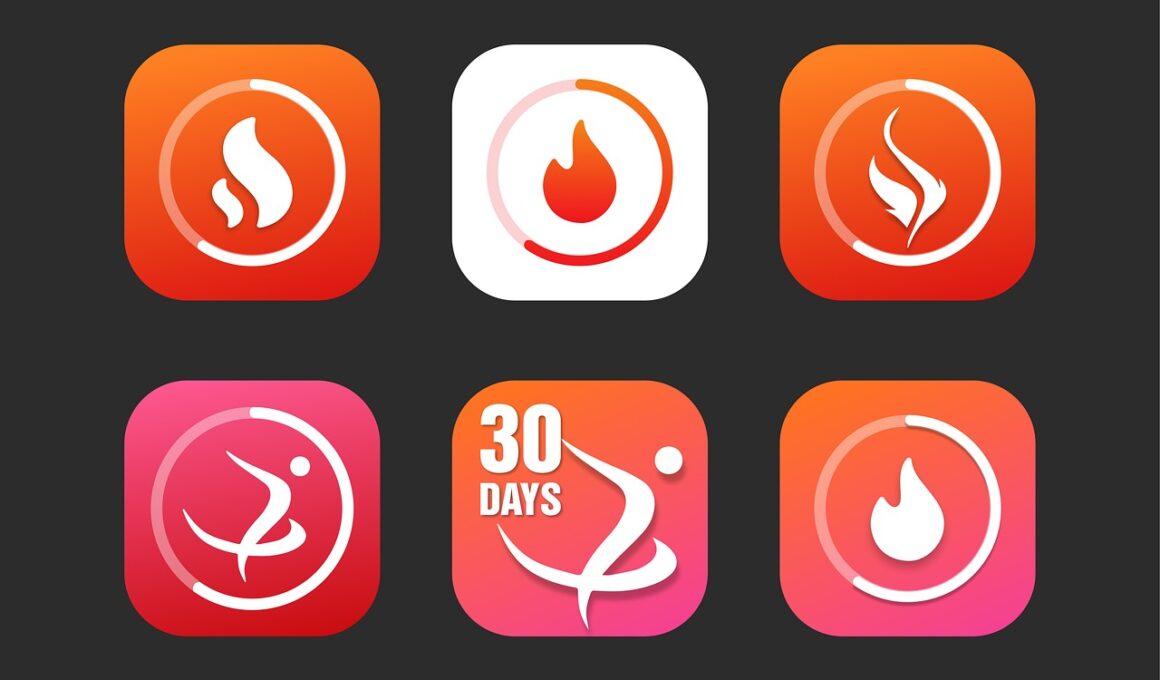Best Practices for Implementing a Gym Management App
Implementing a gym management app requires thoughtful planning and execution. Begin by conducting thorough research to understand the specific needs of your gym. Identify the features that would enhance your operations, such as membership management, scheduling, billing, and communication tools. Survey your staff and members to gather insights that will help you customize the app for maximum utility. Furthermore, analyze competitors’ applications to gain ideas on best practices and industry standards. It’s crucial to choose a solution that seamlessly integrates with your existing systems to ensure efficiency. Additionally, ensure the app is user-friendly both for staff and gym members. This will promote usage, reduce training time, and maximize engagement with the app. Establishing a clear timeline and progress milestones can keep the project on track. Budget for potential upgrades and ongoing maintenance to adapt to changing needs. Ensure that your team is well-trained in using the app’s features. Finally, be open to feedback from users during the implementation process, which can lead to significant improvements and better satisfaction in the long term.
Another key aspect of implementing a gym management app is to prioritize data management and security. Collecting sensitive personal and financial information requires robust security protocols to protect your members’ data. Start by choosing an app that complies with privacy regulations such as GDPR or HIPAA, ensuring that the privacy of your members is secured. Look for features that include data encryption, secure payment gateways, and two-factor authentication. Regularly audit security practices and stay informed about potential vulnerabilities in your software. Ensure that the app allows for backup of data in case of unexpected incidents. Engage with a reputable technology partner that understands the fitness industry and can provide ongoing support. Make sure the selected app is scalable, accommodating your gym’s growth without significant disruptions. Keep in mind that maintaining data integrity is vital for trust; conduct regular data quality checks. User access controls should be established to regulate and limit access to sensitive data. Fostering transparency with your members regarding how their information is used can further build trust and promote a positive experience with your gym.
Training and Support for Staff
Proper training and support are crucial for the successful implementation of a gym management app. Before launching the app, organize comprehensive training sessions for your staff. This ensures that everyone understands the features and functionalities of the application, leading to better overall performance. Training should cover all aspects of the app, including membership registration, scheduling classes, handling payments, and generating reports. Utilize various training resources such as video tutorials, user manuals, and live demonstrations to cater to different learning styles. Encourage staff to practice using the app in a live environment to build their confidence. Providing a support system post-launch is also essential; ensure that staff can easily access help when they encounter issues. Facilitate open channels of communication where staff can share feedback and challenges related to the app. Promote continuous learning by organizing periodic refresher courses or updates when new features are added. Engaging staff through incentive programs that reward them for effectively using the app can enhance motivation and efficiency. Ultimately, well-trained staff will lead to smoother operations and a better experience for gym members.
Engaging your gym members during the implementation of the gym management app is another best practice. Inform members about the upcoming changes and how it will benefit them. Create awareness campaigns that explain the app’s features, such as online class bookings, membership renewals, and payment processing. Encourage early adoption by offering incentives, such as discounts on memberships or exclusive access to certain features. Gather feedback from members to assess their satisfaction levels and areas for improvement. Hosting workshops or introduction sessions can also help interested members understand how to make the most of the app. Consider creating a dedicated feedback channel where members can voice concerns or suggestions post-implementation. When members feel involved, it fosters a sense of belonging. Consistently monitor usage patterns to gauge engagement with the app. Use data gathered to improve functionality and address any pain points. Communicating updates and improvements to your members can also increase user satisfaction. By demonstrating how the app enhances their experience, you will likely see increased retention and positive word-of-mouth referrals.
Integration with Other Tools
Integrating your gym management app with other tools is vital for maximizing efficiency and streamlining operations. Ensure the app seamlessly connects with fitness trackers, payroll systems, and marketing tools. This can simplify tasks such as tracking member attendance, automating billing, and managing promotions. API functionalities can allow data to be shared between systems without needing manual input, reducing errors and saving time. Evaluate the compatibility of the app with popular software already in use, such as accounting or CRM platforms. Selecting an app with a robust integration ecosystem can future-proof your investment, making it adaptable to evolving business needs. Additionally, ensure the app accommodates third-party integrations in a secure manner to maintain data integrity. Regularly review integration performance to ensure all systems work cohesively. Consider appointing a dedicated team member or partner to oversee the integration process and troubleshoot issues. As innovative technologies emerge, having a flexible app will enable your gym to stay competitive and responsive to industry changes. Ultimately, streamlined integration enables your staff to focus more on providing exceptional customer service and enhancing members’ experiences.
Communication and marketing strategies should also be incorporated into your gym management app’s implementation. Use the app as a platform for communicating directly with members about schedules, promotions, and events. Push notifications can be an effective way to engage users and remind them about classes or special offers. Create customizable alerts that allow members to receive updates tailored to their interests and engagement levels. Additionally, consider developing a marketing plan that leverages the app for promotions such as new class launches or membership drives. Utilize social media campaigns and email marketing targeting app users to drive participation. Encourage members to spread the word through referral incentives; this strengthens community ties. Providing content such as workout tips, nutrition advice, or fitness challenges directly through the app can further enhance engagement. Building a vibrant gym community leveraging the app can lead to higher retention rates and attract new members. Reflecting your brand’s values through strategic communication will lead to a positive perception of your gym. Regularly assess communication efficacy by analyzing engagement metrics and adjusting strategies to meet member needs.
Evaluating Performance Post-Implementation
After launching the gym management app, evaluating its performance should be a priority. Develop key performance indicators (KPIs) to measure the app’s effectiveness in improving operations and member satisfaction. Monitor metrics such as user engagement levels, churn rates, and financial performance closely. Analyzing these metrics can reveal patterns, helping you understand how the app influences member retention and acquisition. Collect feedback from staff and members regularly through surveys or direct communication. This can provide insights into what features are working well and which may require improvements or additional training. Based on your evaluations, create an iterative improvement plan that outlines actionable steps to enhance the app’s functionality. Schedule regular check-ins to assess progress towards implementing these changes effectively. Being responsive to feedback and demonstrating a commitment to continuous improvement fosters loyalty among your members. It also ensures your staff feels supported throughout this ongoing process. As you refine and adapt the app, remember that flexibility is essential for meeting the evolving needs of your gym and its members.
In conclusion, successfully implementing a gym management app involves a combination of thoughtful planning, effective training, and strong communication strategies. Engage both your staff and members throughout the process to ensure the transition is smooth and efficient. Develop a comprehensive training program for staff and prioritize data management and security to protect sensitive information. Utilize the app as a communication tool to keep members informed and engaged while considering strategies for marketing future offerings. Integration with other tools can streamline operations and maximize productivity. After launch, rely on KPIs to evaluate performance and adapt accordingly based on feedback. Emphasizing continuous improvement can enhance satisfaction and lead to a thriving gym environment. In turn, support your business goals as you utilize technology to strengthen relationships with members and promote a healthy, active lifestyle within your community. By adhering to these best practices, you can ensure that the gym management app contributes positively to your operations and growth. The success of the app will, in time, reflect your commitment to providing a seamless experience for both your staff and your gym members.


